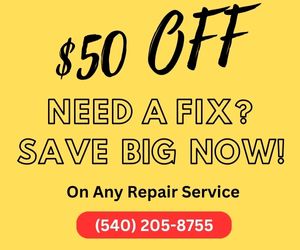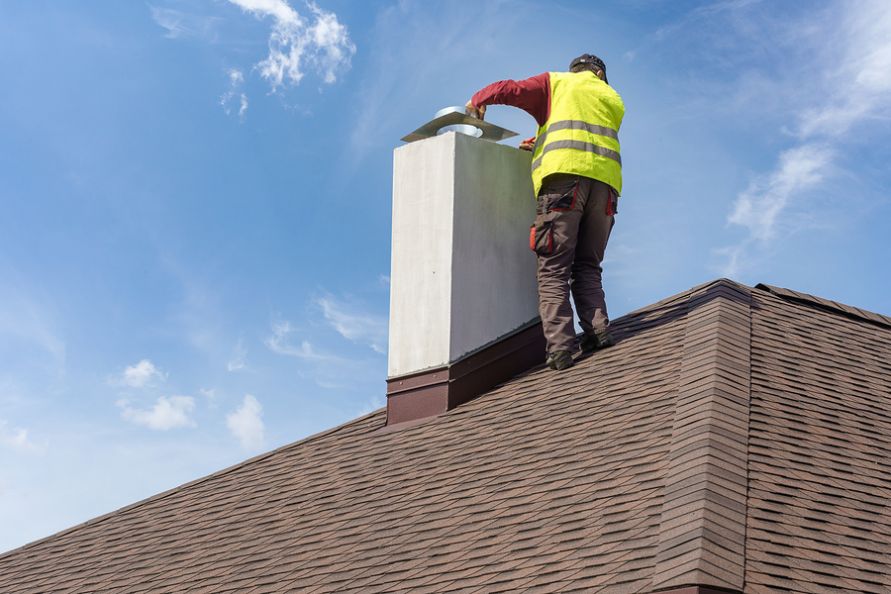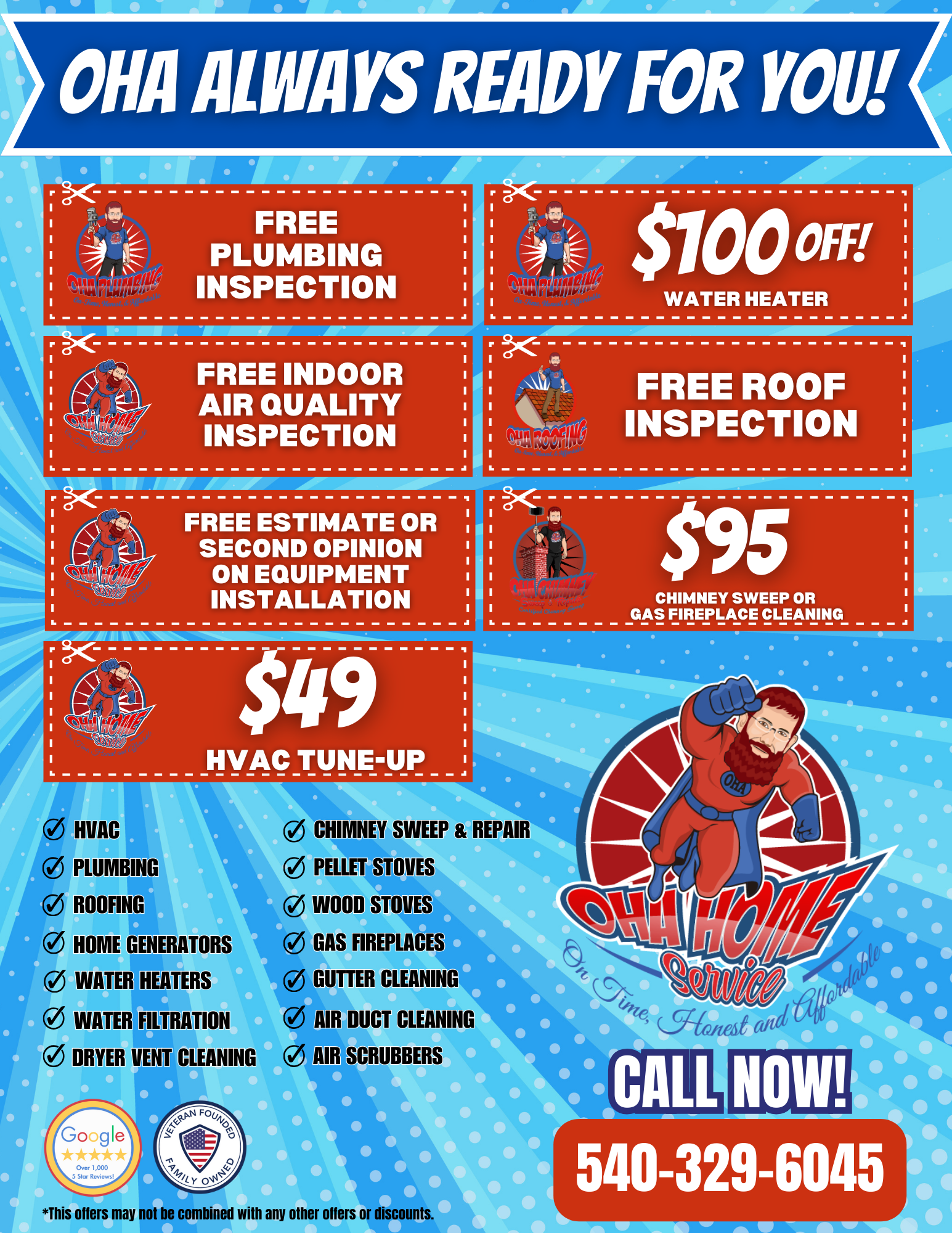Your chimney is responsible for safely directing noxious gases, particulates, and other combustion byproducts out of your home.
Over time, natural wear and tear can prevent your chimney from functioning effectively and creosote (a carbonaceous chemical) can build up increasing the risk of fire.
Are you wondering what signs indicate that it is time to hire a professional chimney sweep and repair service?
Let’s take a look…
7 Signs It’s Time to Call A Chimney Sweep
Many homeowners believe that DIY chimney service is enough to keep their chimneys clean and healthy but that’s not true.
You also need professional chimney inspection and cleaning services regularly.

Here are the 7 key signs when you absolutely should call a professional chimney service provider:
1. You Notice Creosote Buildup
Creosote is a dark, greasy, and tar-like substance that smells like charred food or fuel.
As smoke, gases, and other combustion byproducts travel up your chimney, they begin cooling down and mixing with condensed moisture. This results in the formation of creosote.
Creosote buildup in fireplace poses serious risks, including:
- Chimney fires that can cause structural damage to your fireplace and home
- Smoke back up inside your home, leading to the spread of chimney fires
- Respiratory diseases connected to the inhalation of toxic chemicals found in creosote
Usually, a quick visual inspection is enough to identify creosote buildup. Fireplaces that are used regularly may also have light accumulations that look like soot. However, these can be easily removed with a brush.
In contrast, dark, shiny flakes that are difficult to remove indicate a more severe problem. If you notice these, call a professional chimney sweep right away.
2. There is Rust or Efflorescence
Rust is never a good sign, but it’s particularly concerning if it appears inside your chimney damper.
Rusty dampers may not seal well and may be difficult to open and close for starters. What’s more worrisome is that rust indicates the presence of too much moisture in your firebox.
Excessive moisture can damage the flue lining which creates a dangerous situation. It can also lead to spalling, which causes bricks to crack, shift and decay.
Another sign of excessive moisture is efflorescence. Efflorescence is a powdery, chalk-like deposit produced when water penetrates bricks, dissolves the salts inside, and carries them to the surface. After the water evaporates, the deposits are left behind on the exterior of your chimney.
It’s crucial to act as soon as you spot rusty components or efflorescence, as too much moisture can be very damaging.
3. The Chimney Crown is Cracked
A chimney crown protects the bricks from water penetration and damage. Since it’s the first line of defense against weather and moisture damage, it also takes the biggest beating.
It is very likely to experience damage or cracks in the chimney crown during winter or spring when the changing temperatures cause the material to expand and contract. As a result, water may seep into the chimney, causing several problems.
Additionally, a cracked crown makes the exposed masonry prone to more significant wear and tear. The longer this issue remains unresolved, the more damaging it will be.
4. You Can See Shaling Clay Tiles
Can you spot flakes of chimney tile accumulating in the fireplace? If you can, it means your chimney liner is damaged.
A chimney liner serves the following purposes:
- Prevents combustible parts of a home from being exposed to the scorching temperatures in a chimney
- Hinders penetration of acidic materials in flue gases into the brick and mortar
- Protects from hazardous gases that can endanger your home and its occupants
- Ensures your chimney delivers optimal performance
Shaling flue tiles signify that your chimney liner needs to be replaced immediately. Leaving a damaged chimney liner unfixed can potentially cause a house fire.
Most experts recommend stainless steel chimney liners, as they are of better quality and last longer than aluminum liners.
5. Water Damage in Your Home
What’s the first thing that comes to your mind when you spot water damage in your home? Probably, a leaking roof. But that’s not always the case.
Depending on the location, the damage could signify that your chimney is being infiltrated by moisture. You might notice the wallpaper near your chimney bubbling, peeling, or sagging where there’s excessive moisture, along with water stains on the ceiling and wall.
Water infiltration may lead to rotting wood and structural damage in extreme cases. This can compromise your home’s integrity and become a starting point for mold growth.
6. Your Chimney is Getting Discolored
Another sign of chimney damage is white, green, blue, and red staining on the exterior of your chimney.
Chimney discoloration can mean many things, depending on the color of the stain. For instance, white stains indicate the presence of efflorescence, while dark green stains are caused by algae growth.
Chimney staining may seem harmless, but it is one of the ways to pinpoint a chimney issue that could cause more problems down the road. Hence, it’s crucial to deal with chimney discoloration as soon as you spot it.
7. You Skipped the Annual Chimney Inspection
According to the Chimney Safety Institute of America (CSIA), a certified chimney professional should inspect your chimney at least once a year.
Many homeowners do not abide by this because they have not used their fireplaces very often for a year or cannot see any visible signs of chimney deterioration. However, this can be very dangerous as many signs of chimney damage are not easily detectable and can lead to severe problems.
Only a thorough inspection by a professional chimney technician can correctly diagnose the underlying problem and identify whether there is anything wrong with the structure of your fireplace or venting system. Plus, chimney professionals can also usually suggest the best course of action.
How Much Does Chimney Service Cost?
As soon as you spot any of these signs, getting a chimney sweep service is the next step. But wait – what’s the budget?
Standard chimney sweep services, including a general inspection and cleaning, can range from $175 to $350 depending on where you live.
You should be prepared to pay more if you have not had the chimney serviced for a long time or if the sweep discovers repairs, structural issues, or pest infestations that need to be addressed.
If your chimney is in poor condition or requires level three inspection and service, you might have to pay $1,000 or more for the inspection and cleaning.
Top-quality chimney cleaning might be expensive but spending a few extra bucks can protect your family from severe damage and save you from the hassle of getting a new chimney.

Difference Between a Chimney Inspection and Chimney Service
Many homeowners think a chimney inspection is the same as a chimney service. However, they are different.
In a chimney inspection, the chimney professional will check your chimney for all problems and let you know if it requires cleaning or repairs. A chimney service or sweep, on the other hand, focuses on servicing the chimney and clearing any blockages, mold, or rust found during the inspection.
Ideally, you should have a chimney sweep annually, along with a level one inspection. The sweep will determine whether further inspection is required.
What Happens During a Chimney Inspection?
There are three levels of chimney inspection.
Usually, a residential property requires level one only, which involves a visual check of the fireplace and chimney without the need to climb up roofs or use any special equipment.
Level One Inspection
In a level one inspection, you can expect the chimney sweep or inspector to look for damage, obstructions, creosote buildup, and soot without pulling the fireplace apart. They will also tell you if the chimney requires sweeping.
If so, the chimney sweep will do it on the spot using brushes, extension poles, and a vacuum.
Level Two Inspection
Level two chimney inspections require the inspector to access internal components of the fireplace and chimney. This type of inspection is minimally invasive and usually involves a camera to view the inside of the chimney.
It becomes vital after you experience a natural disaster or make significant structural changes to your fireplace.
Level Three Inspection
Level three inspections are advised when there is a significant problem, and the chimney sweep needs access to the interior chimney wall, the chimney crown, and other parts of the chimney that require special tools to access.
Such inspections are considered “destructive and invasive” and may resemble a demolition job.
Where Can I Find Certified Chimney Professionals in Fredericksburg, VA?
Notice any of the signs mentioned above in your chimney? It’s time to call a professional chimney service provider.
But where can you find the right professionals for the job in Fredericksburg, VA?
Our chimney professionals have served the Fredericksburg, VA area for nearly a decade, offering reliable and affordable chimney inspection and repair services on-demand.
Isn’t that just what you want?
(540) 205-8755 Call today to book your appointment











